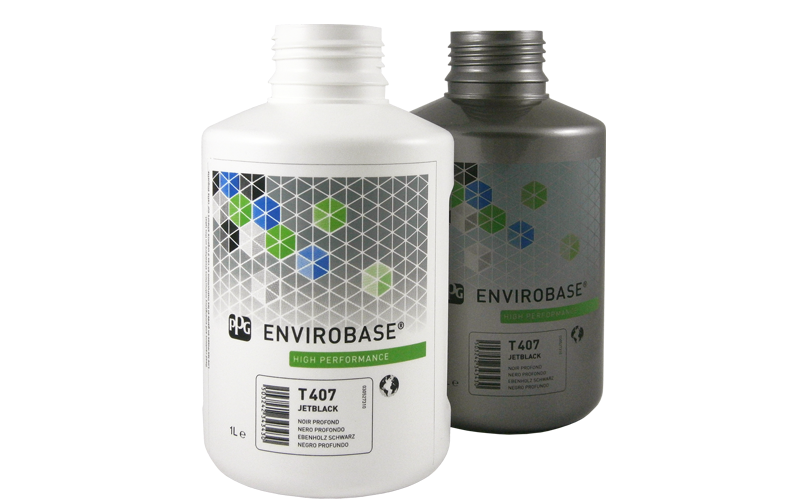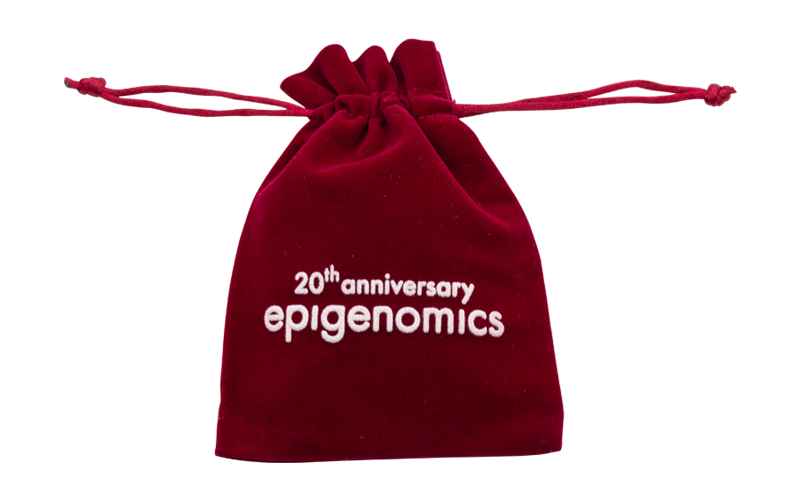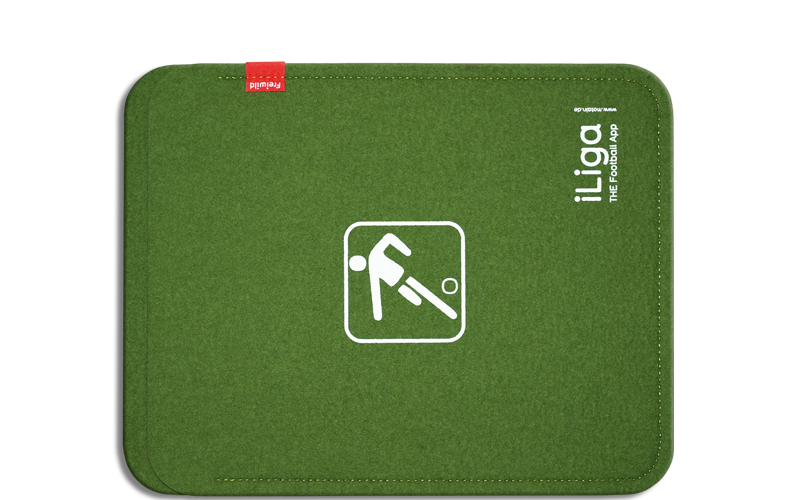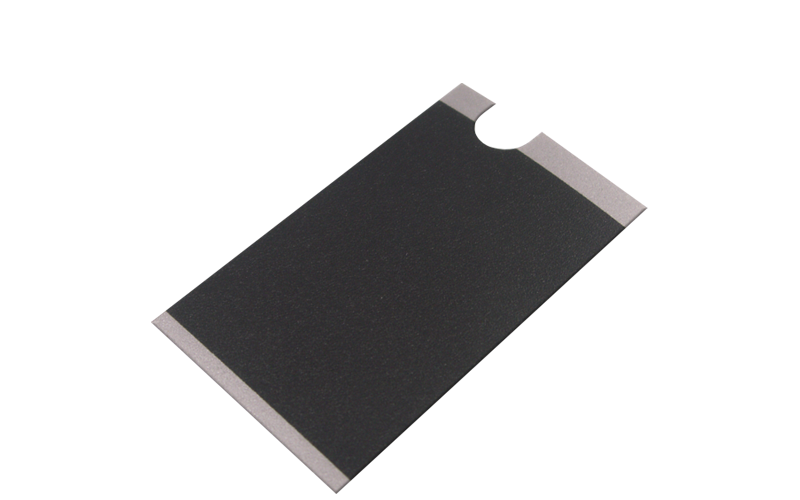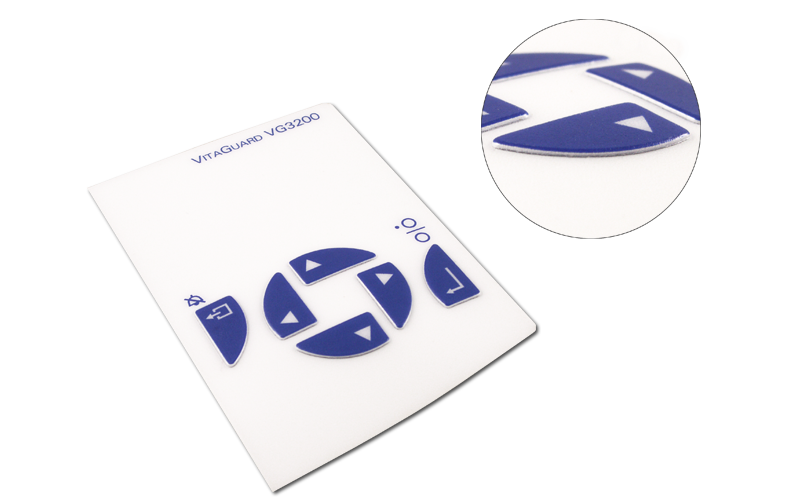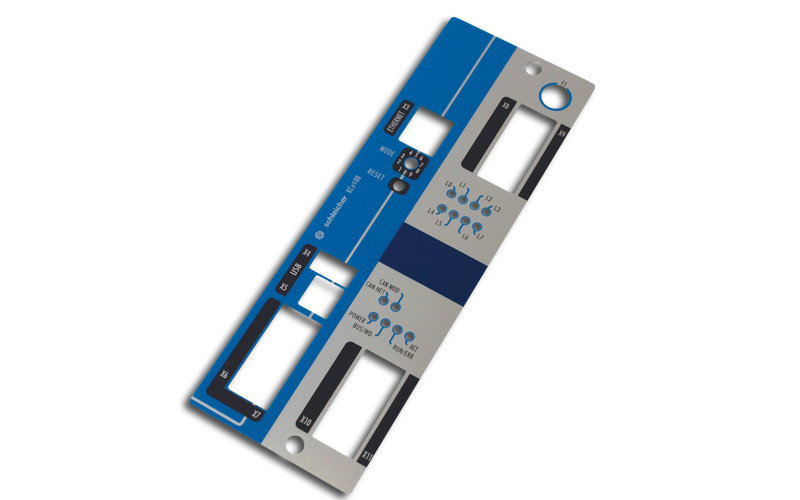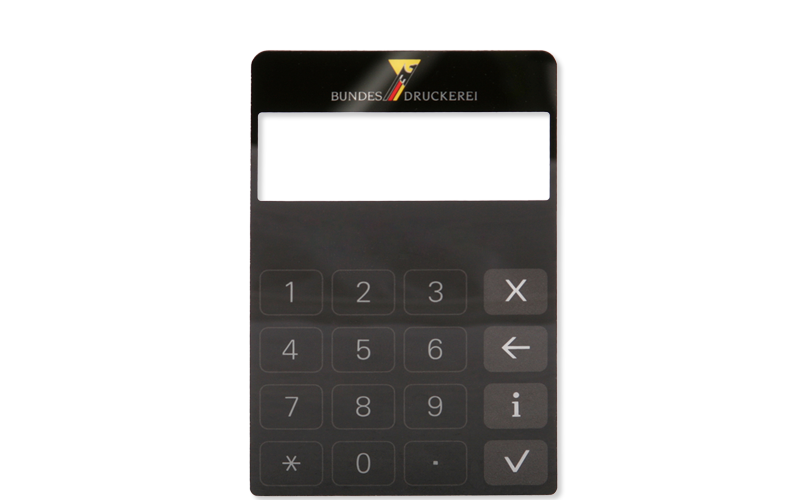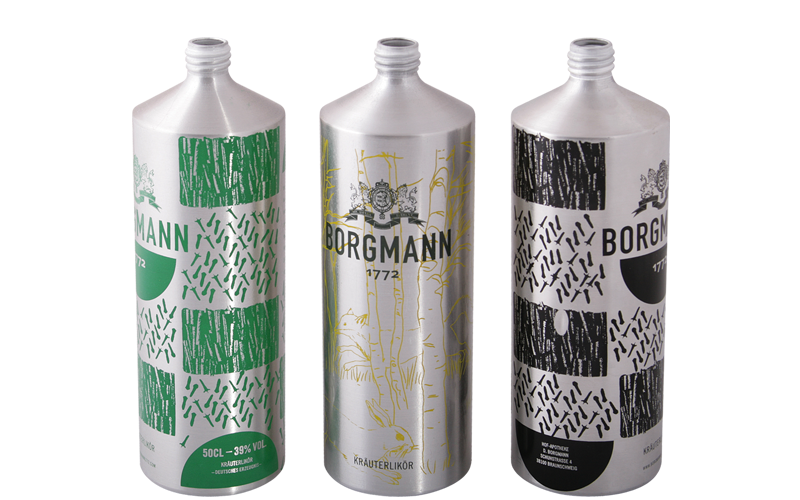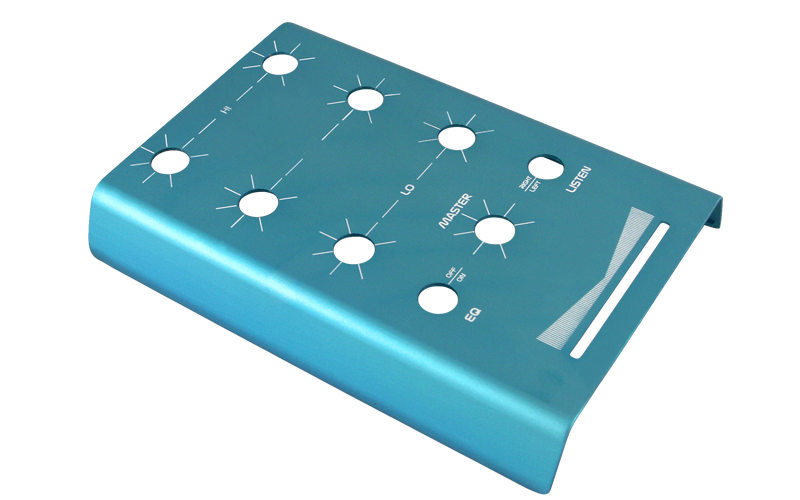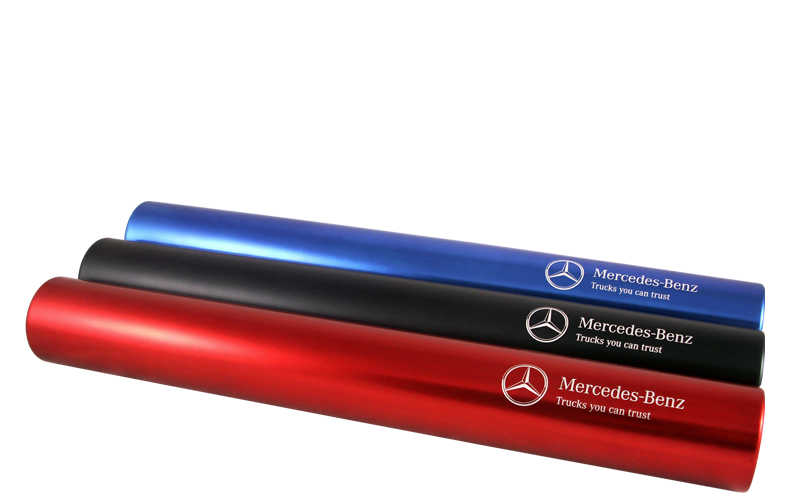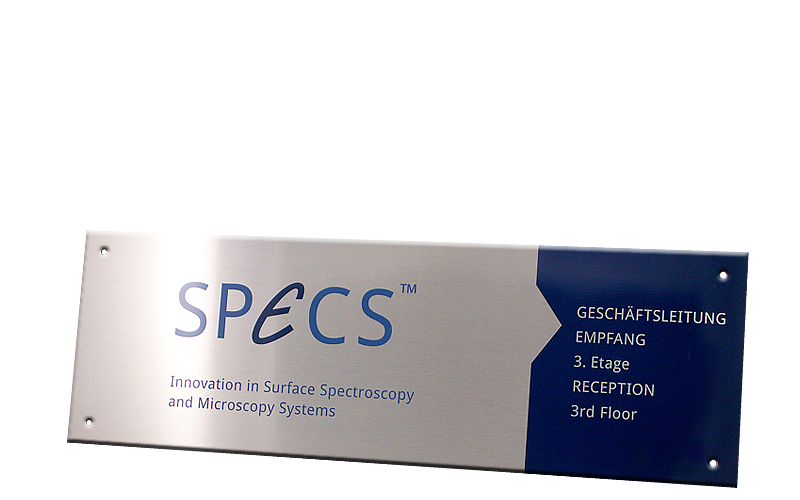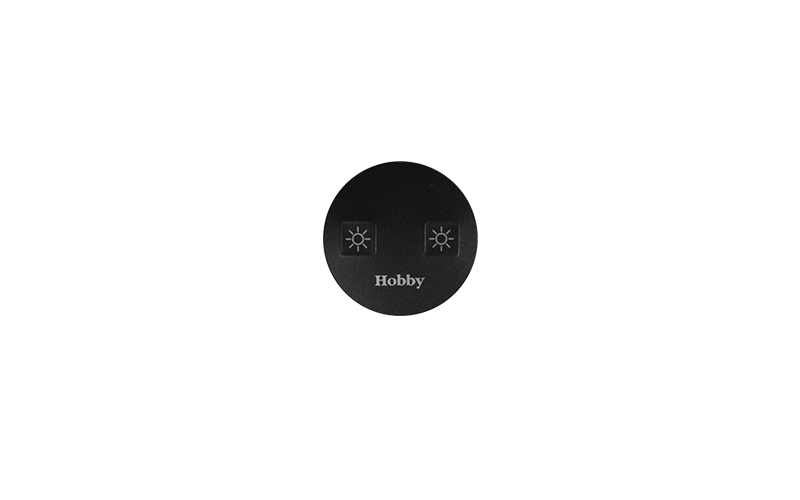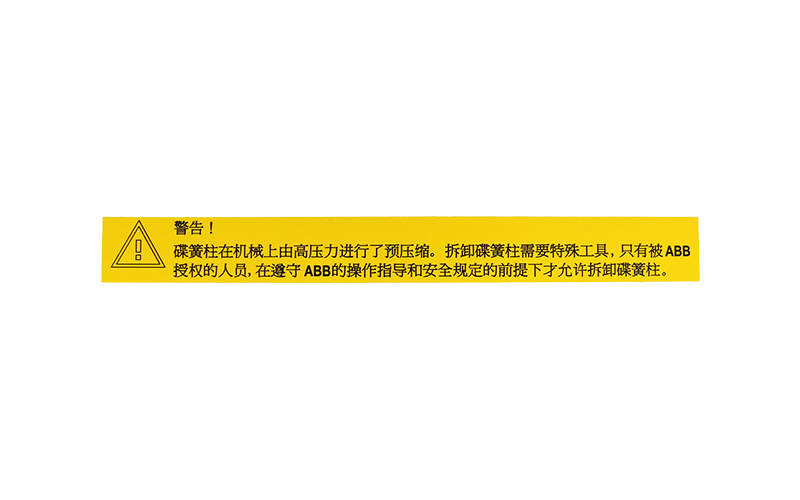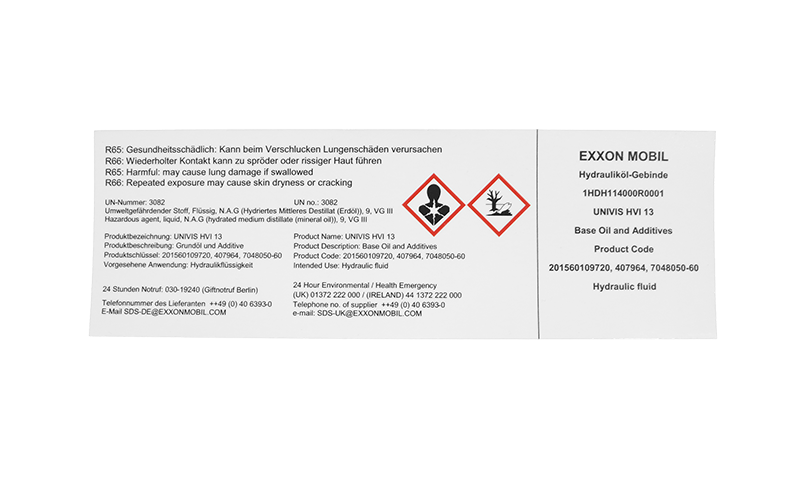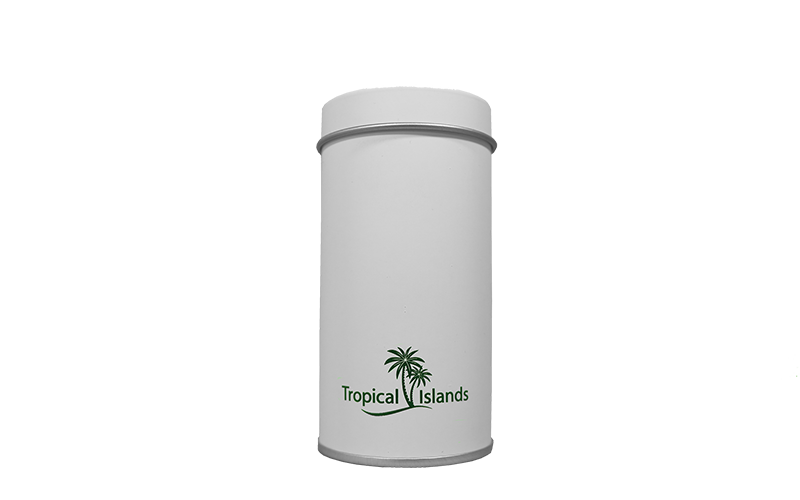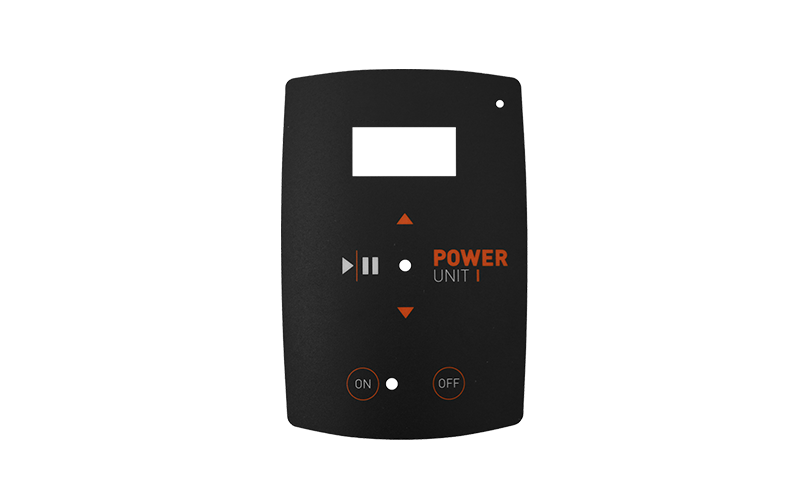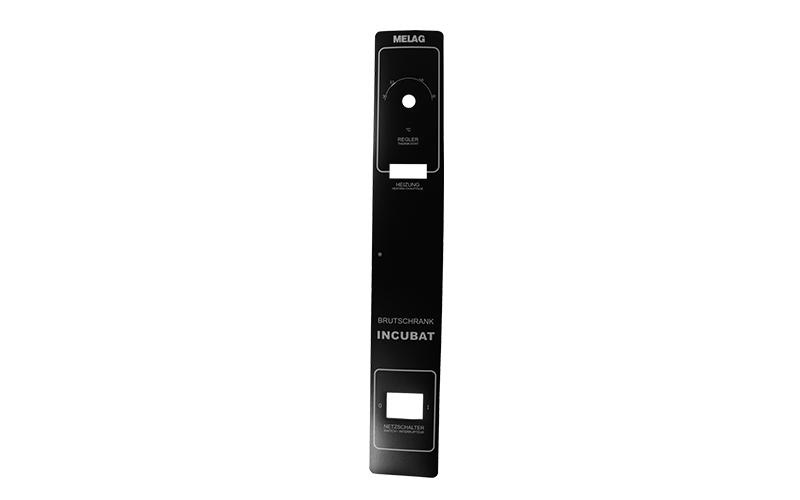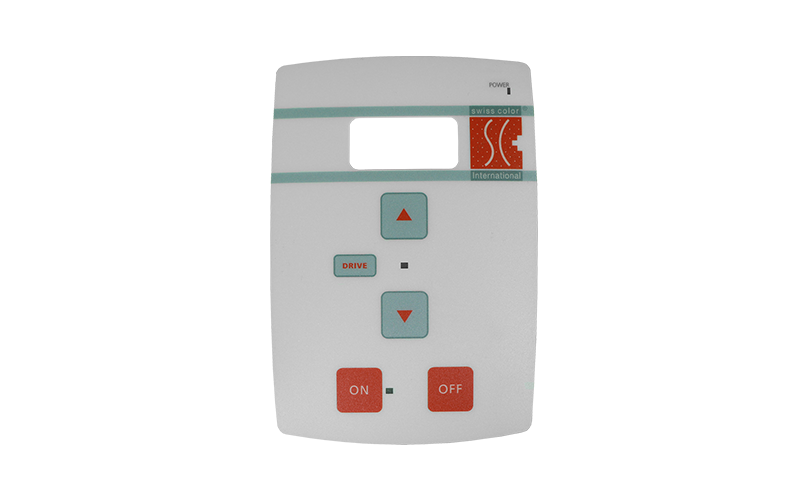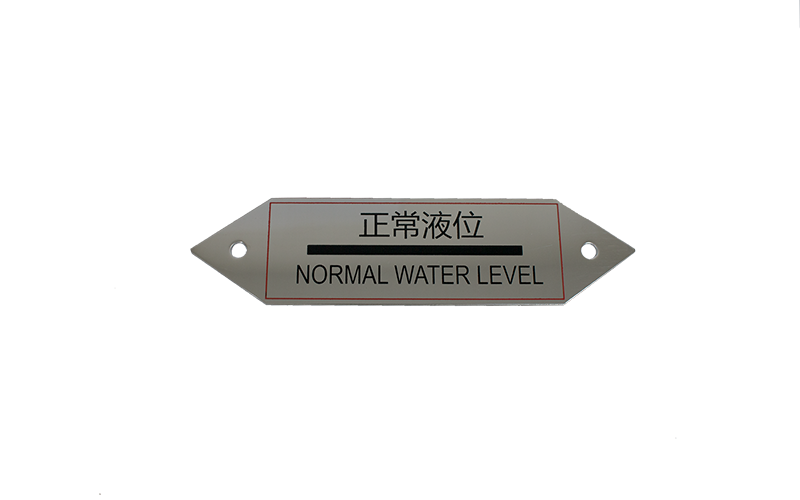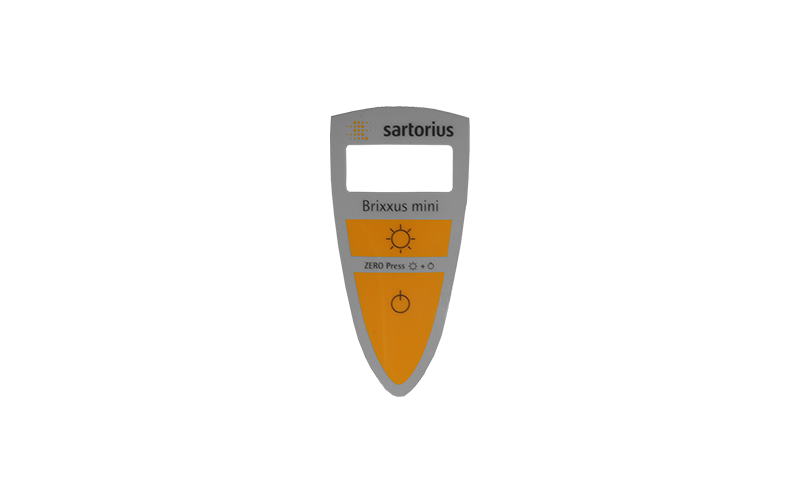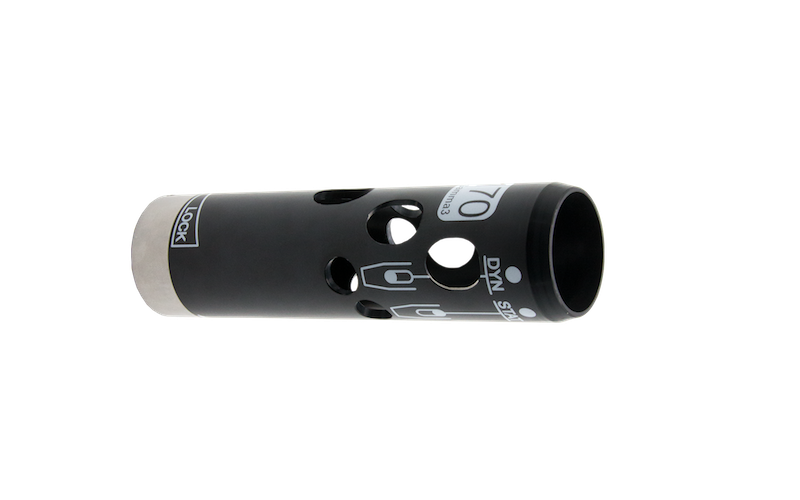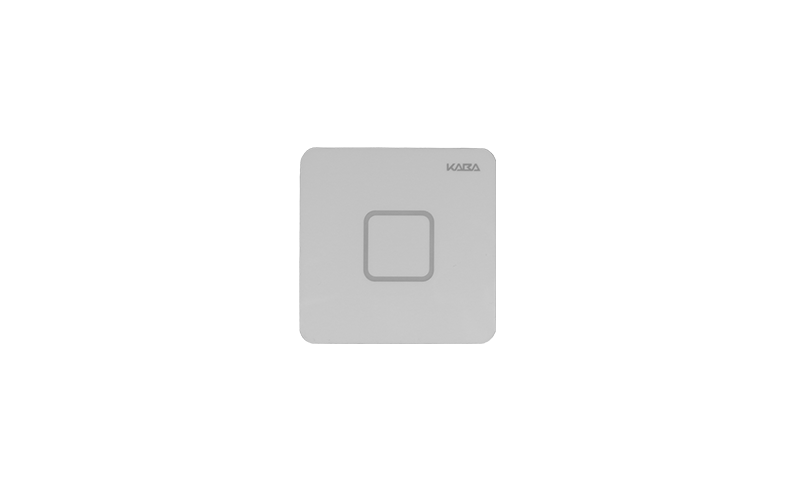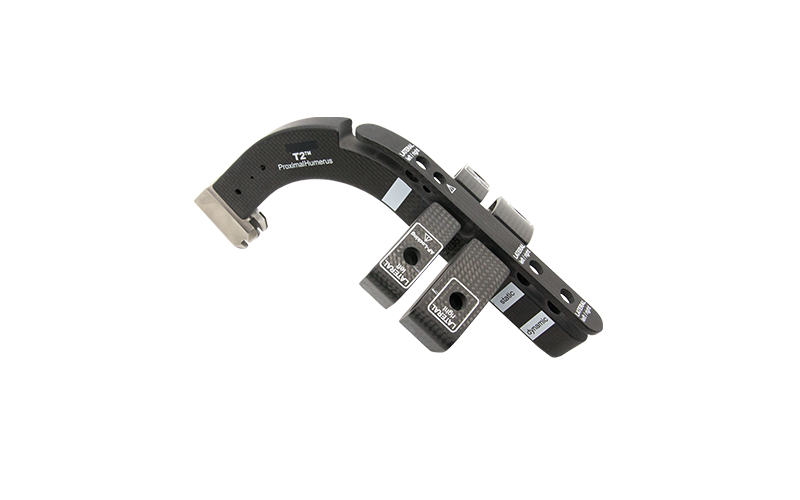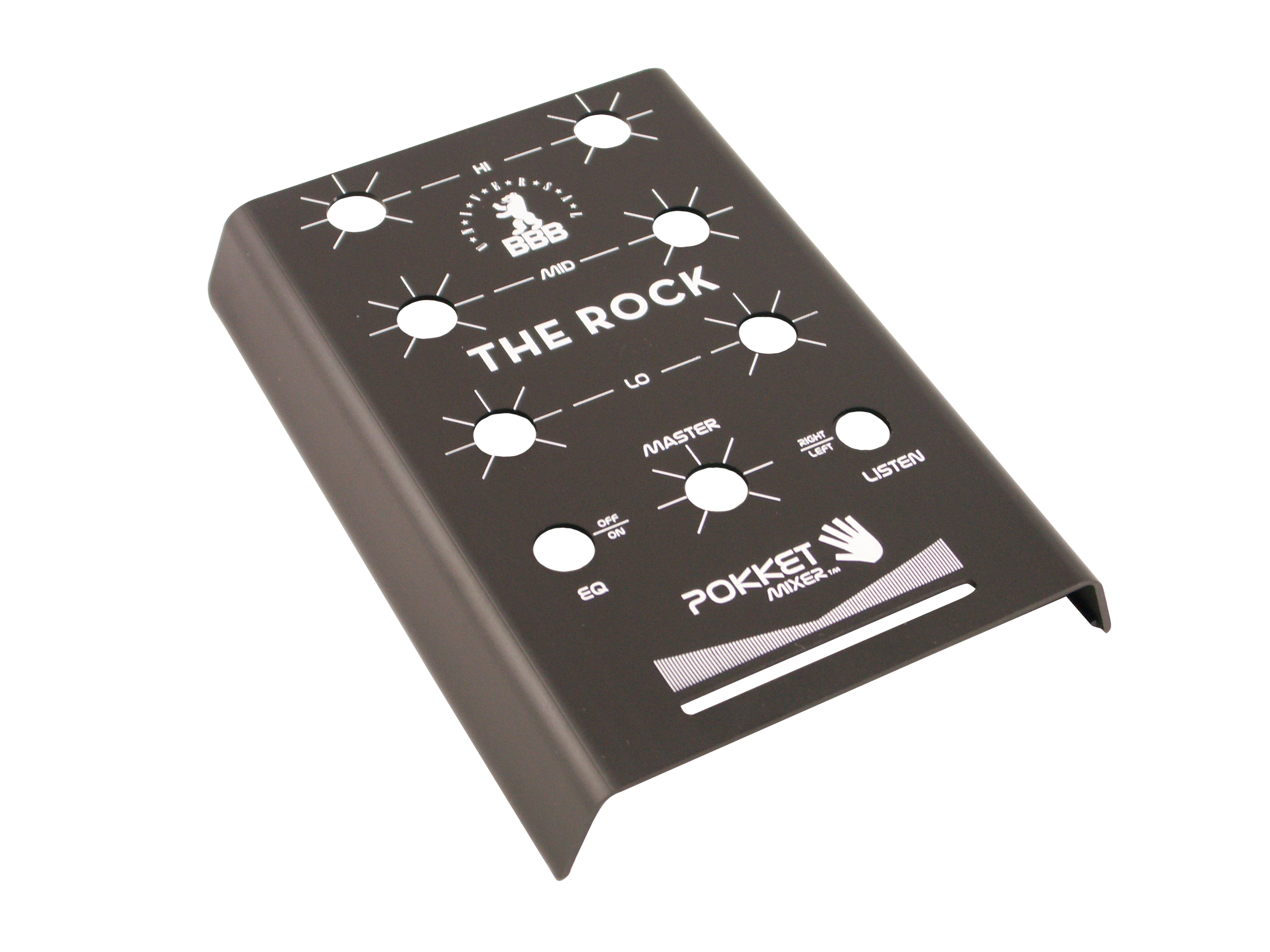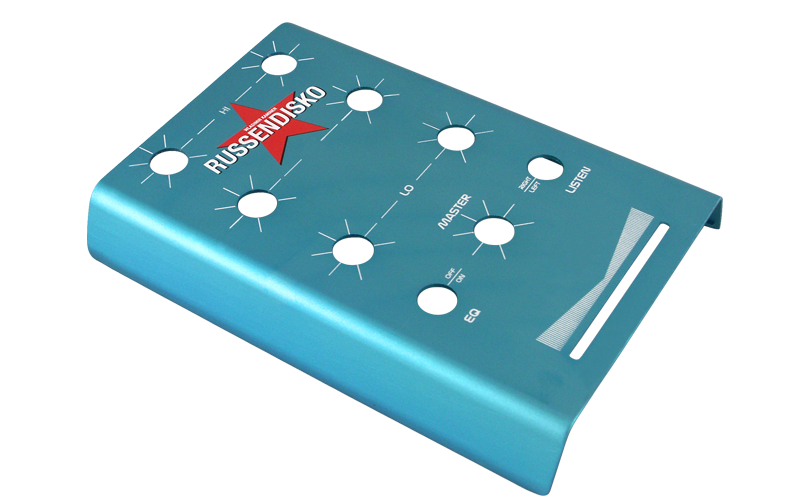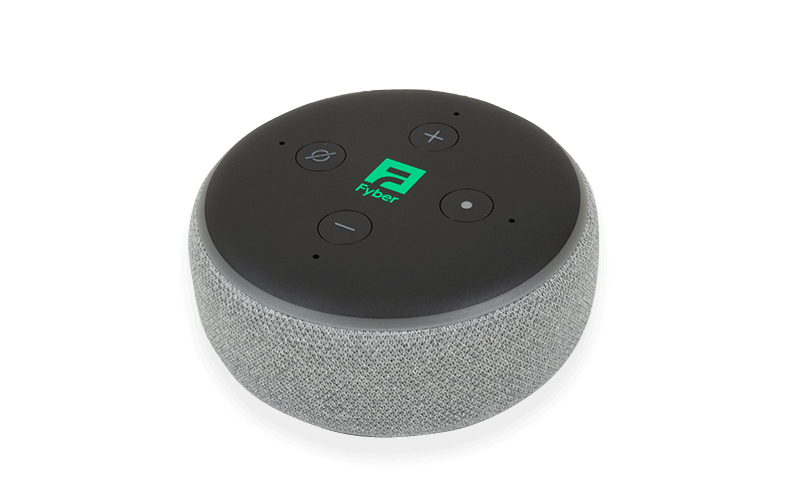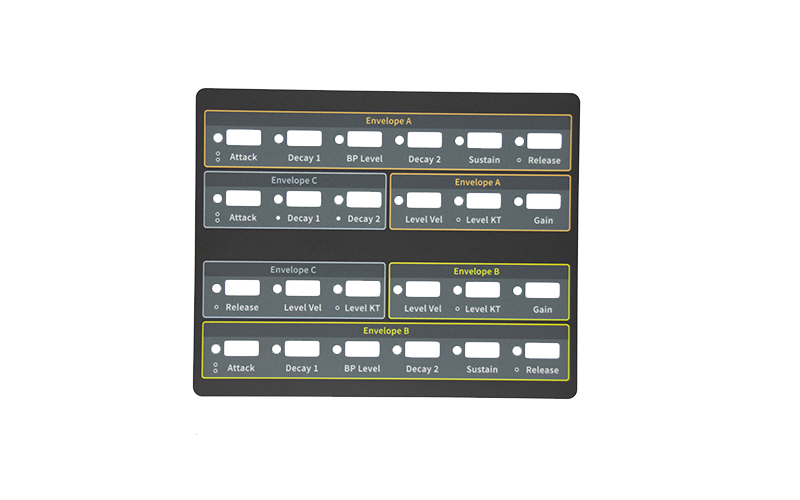Technology
In this printing process, the color is filled in a previously exposed sieve. During the printing process, the rubber squeegee presses the colour through the open parts of the template onto the form, leaving the surface of the material marked.
Advantages
- thick colour application
- printing on even surfaces and on almost all kinds of material
- wide range of special colors and effects
- variable ink layer thickness
- resistent and very durable print
- can be combined with other manufacturing processes
Materials
- plastics
- metals
- textile fabrics
- special papers
Applications
- front foils for the construction of machines and tools
- rating plates
- approval marks
- direct printing of sheet metal parts
- direct printing of shaped injection parts
Procedure
Screen printing is a print through method. First, the screen printing form (usually polyester) is clamped into a frame and coated with a photosensitive emulsion. Then, the form is exposed and subsequently washed, leaving only the exposed parts water-soluble. After the installation of the screen printing machine, colour is filled into the sieve. During the printing process, the rubber squeegee presses the colour through the open parts of the template onto the form, leaving the surface of the material marked.
Advantages
The screen printing method distinguishes itself clearly from other printing techniques by a number of characteristics. One of them is the high application of colour, resulting in an enormous covering power, which other printing methods do not have. Moreover, concerning the possibilities of printing on even surfaces and on almost all kinds of material, the standard is set by screen printing. In the area of special applications, as for example the printing on cylindrical objects or the application of special varnishes and resists, the possibilities are virtually unlimited, due to the wide range of almost one dozen screen printing machines.
Materials
The materials used here are primarily inflexible and shaped semi-finished products consisting of plastics or metal, but also textile fabrics and special papers. In the industrial production of front foil, mainly polycarbonates, polyester and PVC of a material thickness of 0.05 to 2.0 mm are used. The sheet size differs according to the supplier and ranges from 500 to 700 mm in breadth and from 900 to 1200 mm in length. The manufacturing size in the production of labels is usually smaller.
Applications
Screen printed products are present in every aspect of daily life. In the industrial sector, screen printing can be found primarily in the production of front foil for the construction of machines and tools as well as in the direct printing of shaped injection parts made from tin or plastic. Furthermore, front panels, keyboard foils, rating plates, approval marks, stickers, labels, signs, textiles and promotional items can be printed. Halftone printing and the printing of four-colour set motives are also possible.
In the area of foils, subsequent processing which follows the print include methods such as laminating (glue and foils), die cutting, cutting, slitting, milling, plotting, creasing, blocking, drilling, pressing, laser cutting, laser marking, gluing and converting, all of which are feasible at the Weidling GmbH.
Machine park
- Screen printing machine Thieme (3 machines), max. size 750 x 1050 mm
- Screen printing machine ATMA ATMECH 710, max. size 1000 x 550 mm
- Screen printing machine ATMA AT80PP/G (three-quarter automatic)
- Screen printing machine (3 machines) ATMA AT-45PAB, max. size 550 x 400 mm

